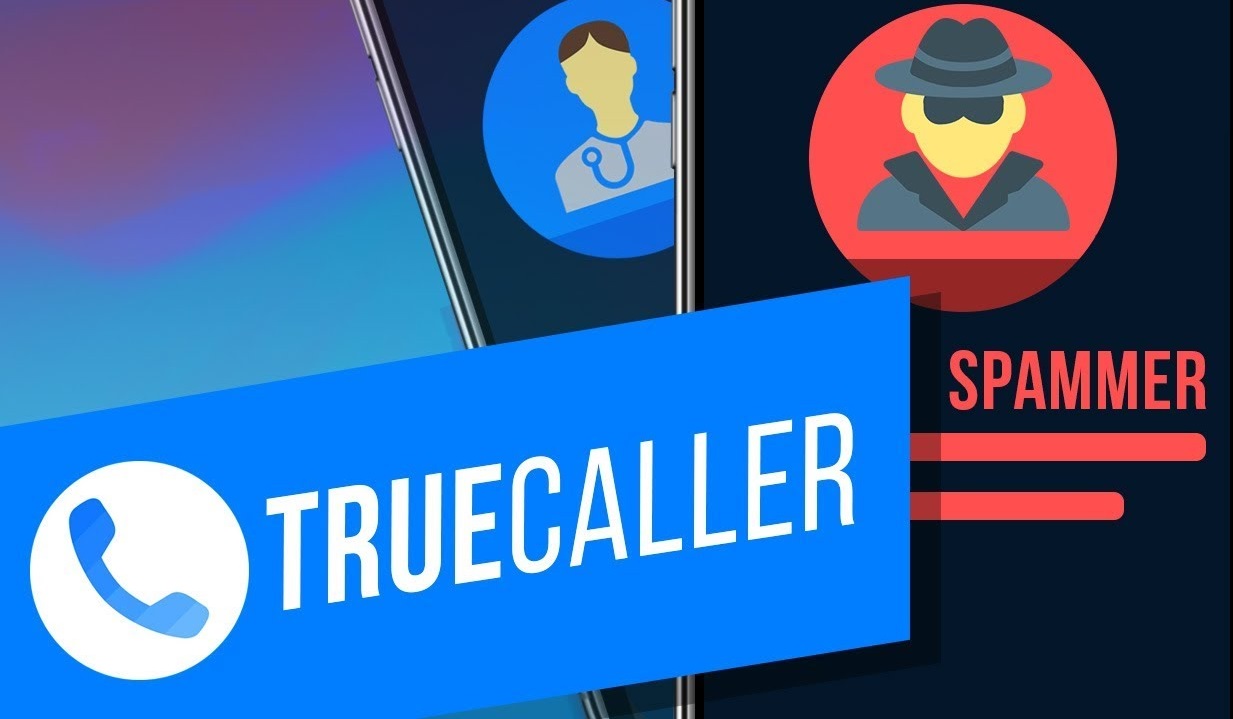In India, Internet access is currently practised in almost all cities. As a result, there are more and more people connected to the Internet. With the help of smartphones, users can easily use the Internet. However, if users are not vigilant, they may be victims of phishing, piracy, and online fraud. Many people can lose their money too. To overcome these risks, government agencies, such as tax authorities and cybercriminals, send e-mails to protect the user’s financial data, which contain information to prevent cyber-attacks. If you cannot see these emails, here’s how to avoid cyber threats like phishing and hacking. But above all, we know what phishing is.
What is Phishing?
During hacking, hackers send fake e-mail messages to users by providing a wrong definition of any company or government. The hacker’s attempt is to ensure that the user has a password and credit or debit card details.
Hackers in India commit fraud in two ways, via e-mail and the other via SMS.
First Method
In this sense, hackers publish fake banking websites. Then send an email to users, indicating that if the user does not renew your card, it will be closed. In this case, there is an email link that the user can access when they click on a fake site. After that, the user is asked to download the anti-virus firmware that appears in the warning message, which is actually malicious software. Once the user downloads the malware, the hacker gets access to his or her computer and begins to scan his or her computer remotely. From there, the hacker penetrates the user’s financial data, such as bank accounts, debit/credit cards and personal photos. Sold online. Additionally, the user’s money must also be returned.
Second Method
In this case, an SMS message is sent to the user’s phone, which provides information about cancelling the debit card. These messages are sent in English to be exactly like a bank letter. Some people also ask the user to provide information about their bank account as a tax return agent. In either case, the user is asked to give a password for personal use. Once the user receives a statement from the OTP the hacker communicates and takes the OTP password. Before that, the user receives money from his or her bank account through unknown OTP.
Keep Safe Your Bank Account
Stay safe from phishing scams as follows:
- Google has implemented a new anti-phishing security check for iPhone and iPad users. For example, if users click on a phishing message in the Gmail app on their phones, they receive the warning message.
- Your computer and phone must have a good anti-virus program.
- Google continues to deploy security patches to combat phishing. Always keep your Gmail (Android and iOS) app up-to-date.
- Do not respond to the confusion of an unknown person. In addition, do not click on the link provided.
- If you downloaded a file from an email, analyse it with a good anti-virus application.
- If the email is not linked to your personal and professional work, you can send and block an unsolicited email.
- Remember that your mobile number will be stored in your bank, so that all the information in the transaction reaches your message.
- Do not open any websites that do not have an https URL.
- Never share your user ID, password, OTP, URN, and debit card value with anyone. No bank or IT manager requests this information.
Also Read: Technology News





